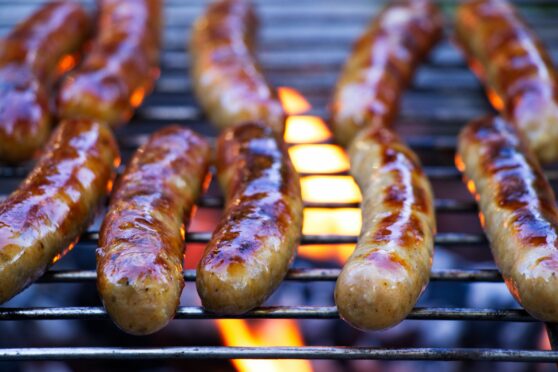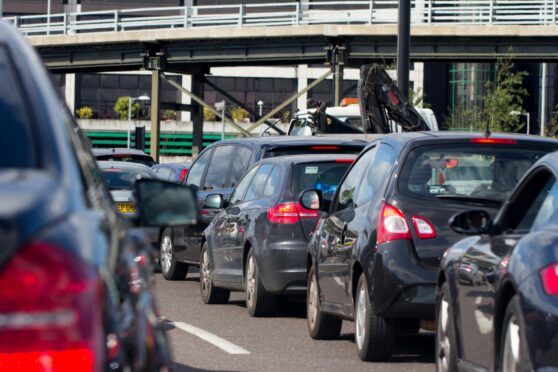Scottish households cut their CO2 emissions by almost 10% during the pandemic, according to new research.
The report also named and shamed sausages and other prepared meats as the most carbon-intensive products bought by families in the UK
The average weekly amount of CO2 produced by Scottish households’ consumption of goods and services fell to 186kg per week in 2020, compared to 205kg in 2019, the study found.
The research was carried out by the Centre for Economics and Business Research, for professional services giant Accenture, whose new UK Carbon Consumption Index is the first of its kind to look at how the country’s consumption habits play a role in changing carbon emissions.
Scotland’s reduction mirrored UK-wide trends, which saw total household emissions fall 10% to 295 million tonnes year on year.
It showed the reduction in 2020 was caused mainly by people spending less on transport, hospitality and clothing as a result of Covid-19 restrictions.
Household energy consumption rose as families spent more time at home, but more renewables in the generation mix meant that electricity-related emissions fell. Gas and electricity continued to represent the largest source of emissions across the UK, with a share of 43%.
Peter Lacy, Accenture’s global sustainability services lead and chief responsibility officer, said, “While the pandemic forced much of this consumption change, it has shown how big an impact individual households can make in cutting carbon emissions.
“But it’s not all down to consumers. Businesses have a significant role to play too, by accelerating innovation – findings ways to design, make and supply net-zero products and services and educating consumers about ‘greener’ options on the shelf.
“As we approach COP26, the mounting pressure on businesses to embed sustainability across their operations and lower the carbon intensity of goods and services isn’t going away. It’s only by working together – across business, society and government – that we’ll reach our net-zero targets.”
Pet food and furniture among most carbon-intensive products
The figure for Scottish households was almost 9% lower than the UK average of 204g and 19% less than the south-east of England, which had the highest total.
The research also identified the top five most carbon-intensive products in 2020, based on CO2 emissions per household per year, across food, recreation, household goods and clothing.
They were: prepared meats, such as sausages, at 223kg;, furniture and furnishings, at 185kg; glassware, tableware and household utensils, at 108kg; pet food, at 104kg and; TVs and computers, at 85.8kg.
Lauren Ing, managing director, sustainability at Accenture UK and Ireland, said: “Despite households spending more on heating and electricity during the national lockdowns, spending less in other areas like clothing and travel has contributed to an overall drop in carbon emissions.
“It is also encouraging to see that lower carbon supply chains had a positive impact in some product areas, such as pet food, which grew in demand as people bought more pets, but the carbon emissions were reduced because of greener supply chains.”

